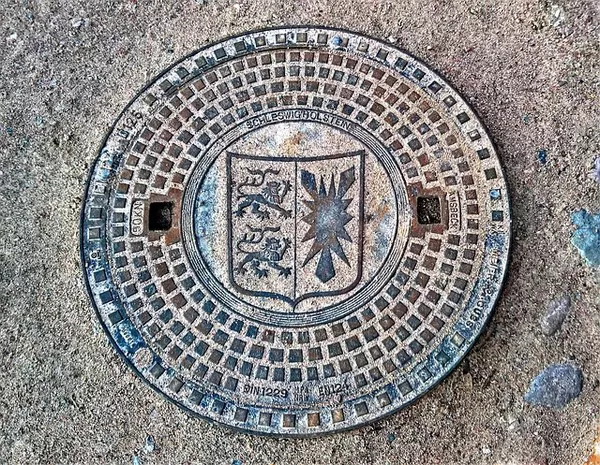Sewage treatment is a vital process that ensures the protection of public health and the environment by effectively managing and purifying wastewater before it is released back into natural water bodies. This intricate process involves multiple stages, each playing a unique role in removing contaminants and impurities from the wastewater. The first and arguably one of the most critical steps in sewage treatment is known as “Primary Treatment.”
The Need for Sewage Treatment
As the world’s population continues to grow, so does the volume of wastewater generated from residential, commercial, and industrial activities. If left untreated, this wastewater can pose significant risks to aquatic ecosystems, human health, and the overall environment. Raw sewage contains a mix of organic and inorganic materials, pathogens, and chemicals that must be removed or significantly reduced before the water can be safely returned to rivers, lakes, or oceans.
The Primary Treatment Process
Primary treatment serves as the initial phase in sewage treatment and focuses on the physical separation of solid and large particles from the liquid wastewater. This process is primarily carried out in large structures called primary sedimentation tanks, also known as primary clarifiers or settling tanks. The primary treatment process involves several essential steps:
1. Screening
The first step in primary treatment involves the screening of wastewater to remove large objects and debris that could clog or damage equipment in subsequent treatment stages. Screens with varying mesh sizes are employed to capture items like sticks, plastics, rags, and other solid materials. By removing these materials at the outset, the efficiency of the entire treatment process is improved, and the risk of equipment damage is minimized.
2. Sedimentation
After screening, the wastewater enters primary sedimentation tanks. Here, the flow velocity is significantly reduced, allowing suspended solids, organic matter, and other heavier particles to settle at the bottom of the tank. This process is driven by gravity, as the particles gradually sink due to their weight. The settled solids, known as primary sludge, are then collected and removed for further treatment and disposal.
3. Skimming
As the solids settle, greases, oils, and lighter materials float to the surface of the sedimentation tanks. These materials, collectively referred to as scum, are removed from the surface to prevent their accumulation and potential interference with subsequent treatment processes. Skimming mechanisms, such as rotating arms or scrapers, are employed to collect and remove the scum layer.
Significance and Limitations
While primary treatment is a crucial step in the overall sewage treatment process, it does have limitations. The primary treatment process effectively removes larger particles and some organic matter, resulting in a significant reduction of suspended solids. However, it does not effectively eliminate dissolved pollutants, pathogens, or nutrients, which require additional treatment stages to address.
The Role of Primary Treatment in Wastewater Treatment Train
Primary treatment sets the stage for subsequent treatment processes, such as secondary and tertiary treatment, which further refine the quality of the wastewater. Secondary treatment involves biological processes that target dissolved organic matter and nutrients. Tertiary treatment goes a step further, utilizing advanced methods to remove remaining contaminants, resulting in water quality suitable for specific reuse purposes, such as irrigation or industrial processes.
Challenges and Innovations
As urbanization and industrialization continue to progress, sewage treatment plants face challenges in efficiently handling increasing volumes of wastewater, especially in regions with limited water resources. To address these challenges, various innovations have emerged:
1. Advanced Primary Treatment Techniques
In some cases, advanced primary treatment techniques are employed to enhance the removal of solids and organic matter. These techniques can include chemical coagulation and flocculation, which aid in aggregating fine particles for more efficient sedimentation.
2. Resource Recovery
Innovative sewage treatment facilities are exploring ways to extract valuable resources from the wastewater. Primary sludge, for instance, can be treated and processed to recover energy through anaerobic digestion, producing biogas that can be used for electricity generation or heating.
3. Smart Monitoring and Control
Advancements in sensor technology and data analytics enable more precise monitoring and control of the primary treatment process. Real-time data on flow rates, sedimentation rates, and water quality parameters allow operators to optimize the treatment process for maximum efficiency.
Conclusion
The primary treatment stage of sewage treatment plays a foundational role in the overall process of transforming raw wastewater into environmentally safe effluent. By removing larger solids and promoting the settling of particles, primary treatment sets the stage for subsequent treatment steps that target dissolved contaminants and nutrients. While primary treatment is essential, it is just the first step in a multi-stage process that collectively ensures the protection of both public health and the environment. As innovations continue to emerge, sewage treatment processes are becoming more efficient, sustainable, and capable of recovering valuable resources from what was once considered waste.

